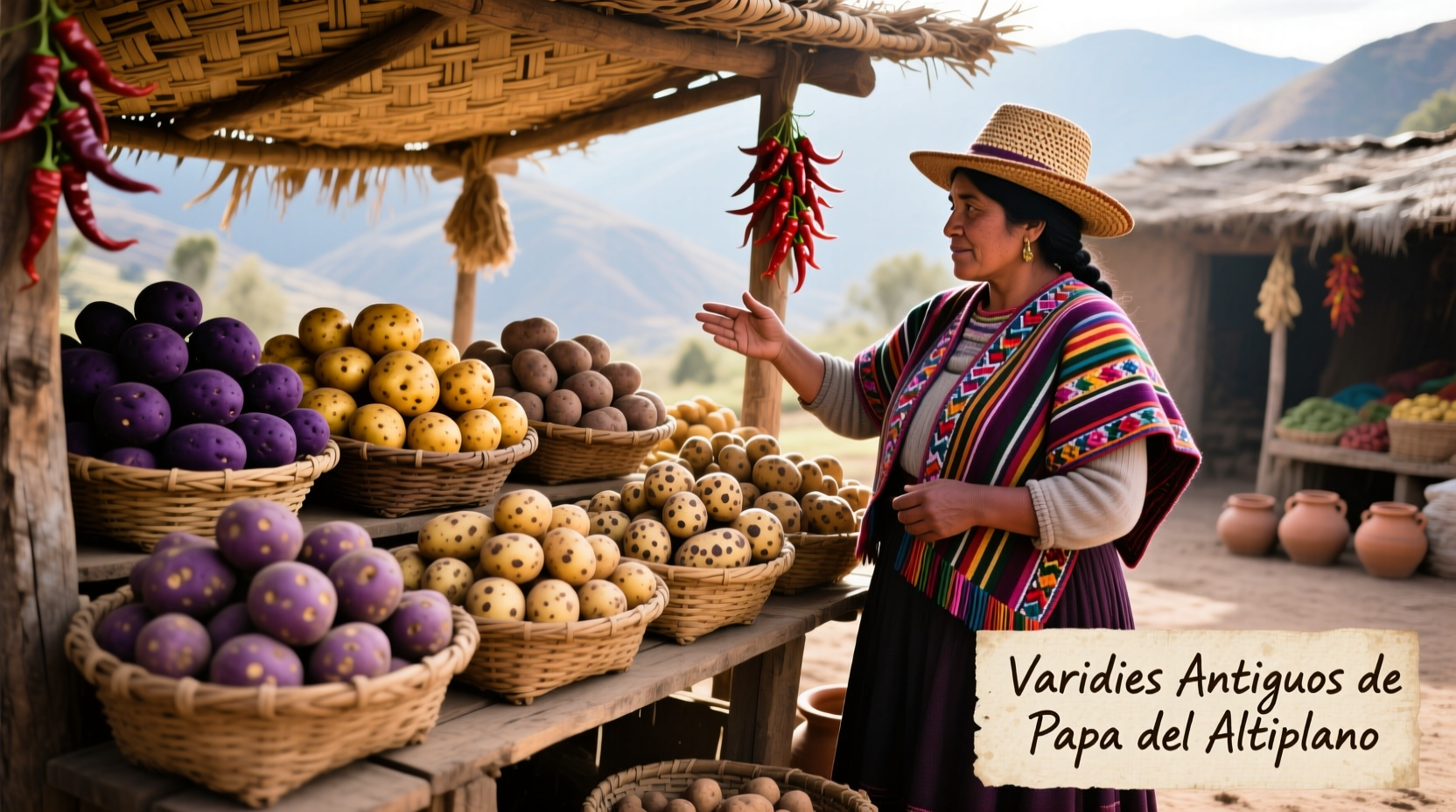The Scientific Journey: Tracing Potato Origins Through Time
When you search where did potato originate from, you're asking about one of history's most significant food discoveries. Understanding potato origins isn't just academic—it reveals how this humble tuber transformed global agriculture and feeding billions worldwide today.
Archaeological Evidence: Unearthing the First Potatoes
Scientific research has pinpointed the exact region where potatoes began their journey from wild plant to staple crop. Archaeologists have discovered potato remnants in archaeological sites across the Andean highlands that date back thousands of years.
| Site Location | Discovery Year | Estimated Age | Significance |
|---|---|---|---|
| Chilca Canyon, Peru | 1960s | 1,800 years | Earliest direct evidence of potato cultivation |
| Tres Ventanas Cave, Peru | 1970s | 2,500 years | Preserved potato remains with agricultural tools |
| Chilca Canyon, Peru | 2010 | 3,400 years | Advanced cultivation techniques evidence |
| Titicaca Basin, Bolivia/Peru | 2015 | 7,000-10,000 years | Genetic evidence of domestication origin |
According to research published by the International Potato Center, genetic analysis confirms that all modern cultivated potatoes descend from a single domestication event in the Titicaca Basin region. This scientific consensus represents decades of botanical, archaeological, and genetic research.
Timeline of Potato Domestication and Global Spread
The journey of the potato from Andean highlands to worldwide staple follows a fascinating historical path:
- 8000-5000 BCE: Indigenous peoples in the Andes begin domesticating wild potato species
- 2000 BCE: Evidence of systematic cultivation appears in archaeological records
- 1536: Spanish conquistadors first encounter potatoes in modern-day Peru
- 1570s: Potatoes introduced to Europe, initially grown as botanical curiosities
- 1700s: Potatoes become staple crop across Europe, particularly in Ireland
- 1845-1852: Irish Potato Famine demonstrates global dependence on this single crop
- Today: Potatoes rank as the world's fourth largest food crop after maize, wheat, and rice
Why Potato Origin Matters for Modern Agriculture
Understanding where did potatoes originate from isn't just historical trivia—it has practical implications for today's food security. The Andean region contains thousands of native potato varieties that represent crucial genetic diversity.
According to the Food and Agriculture Organization of the United Nations, this genetic diversity is essential for developing new potato varieties resistant to diseases, pests, and climate change. Modern commercial potatoes represent just a fraction of the genetic diversity found in their Andean homeland.
Researchers regularly return to the Andes to collect wild potato species that might contain genes for:
- Disease resistance
- Drought tolerance
- Nutritional enhancement
- Adaptation to changing climate conditions
Common Misconceptions About Potato Origins
Despite scientific consensus, several myths persist about potato origins:
- Myth: Potatoes originated in Ireland
Fact: Potatoes arrived in Ireland from South America in the late 16th century - Myth: All potatoes are the same species
Fact: There are approximately 5,000 varieties of potatoes in the Andes alone, with only a few dozen grown commercially worldwide - Myth: Potatoes were immediately embraced in Europe
Fact: It took nearly 200 years for potatoes to become widely accepted as food in Europe due to cultural resistance and religious concerns

How Potato Origin Influences Modern Cuisine
The Andean origin of potatoes explains why Latin American cuisine features such diverse potato preparations. Traditional dishes like oca, ulluco, and papa criolla represent ancient varieties still cultivated in the region.
Modern chefs and food historians recognize that understanding where did potato originate from helps explain global culinary patterns. The adaptation of potatoes to different climates led to regional specialties from Peruvian causa to Irish colcannon to American mashed potatoes.
Preserving Potato Heritage for Future Generations
Organizations like the International Potato Center maintain the world's largest collection of potato diversity in their gene bank in Lima, Peru. This living library preserves over 7,000 accessions of native potatoes, ensuring that the genetic heritage of this vital crop remains available for future food security.
As climate challenges increase, the knowledge of where did potatoes originate from becomes increasingly valuable. The traditional farming practices of Andean communities, developed over millennia, offer insights into sustainable agriculture that could help feed our growing global population.











 浙公网安备
33010002000092号
浙公网安备
33010002000092号 浙B2-20120091-4
浙B2-20120091-4